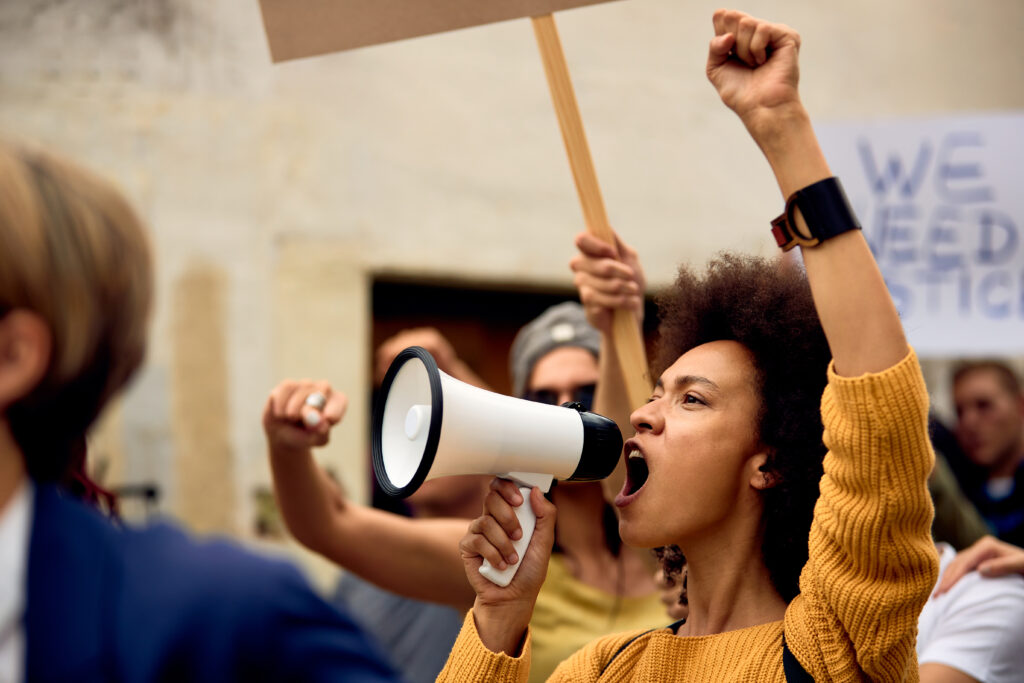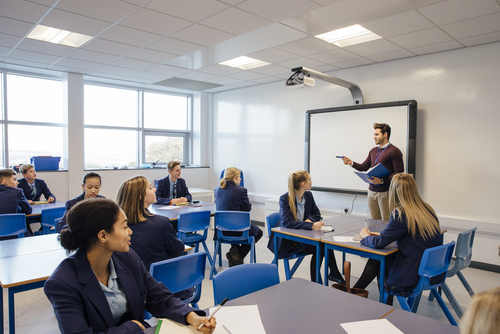This year marks the 120th anniversary of the construction by the Victorians of one of London’s iconic landmarks; Tower Bridge.
At the time it was another Victorian miracle of engineering and even today it’s a fascinating spectacle on the Thames.
In these activities the pupils will gain an understanding of its construction and how it operates, then, when they visit London and see the bridge for themselves, they can confidently explain how it works.
Suitable For: Year 3 to Year 6
Learning Focus: To understand how forces act on an object
To understand how we can use forces to help us
Activity One:
Draw a ‘river’ on a piece of paper and a road running perpendicular to each bank. Ask the pupils to suggest ways that drivers on one side of the river could cross to the other. They may suggest a bridge, a ferry or a tunnel under it. Ask them what the good and bad points are of each idea.
Now make a ‘bridge’ over the river, joining both roads. It can be simply done with erasers and a ruler. If you have a model ship you can use, that would be ideal but if not, make a rough model out of another rubber and with cocktail sticks as masts. You’ll need to explain to the pupils that it’s an old ship.
What happens when the ship reaches the bridge? – It’s too tall to pass under it.
Ask the pupils to suggest a way that the problem could be overcome. They may suggest building a taller bridge, having the ship lower its masts or raising the deck of the bridge temporarily.
What are the advantages and disadvantages of each?
Now show them a picture of Tower Bridge with the deck down. Tell them that on average, nearly a thousand ships pass along that stretch of river each year, going under the bridge. Ask them how they think it happens. Show them the video of it opening at https://www.youtube.com/watch?v=vwvg2e85D2o and then ask how they think each part of the deck opens.
Ask them to describe, either in writing or as a labelled diagram how they would do it. For older or more able pupils, ask them what forces their idea would have to overcome and where they would act on the bridge.
As an interesting plenary, you can show them this animation video which is part of the Tower Bridge Experience.
Activity Two
In the first activity, the pupils made suggestions as to how the decks of Tower Bridge could be lifted. Some will have identified the huge forces that would have to be overcome to lift them.
In this activity, the pupils will see how we can reduce the forces needed by using a lever.
Place a heavy object on the ground and show the pupils how hard it is to lift (health and safety alert here! There’s no need to actually lift the object and make sure you assume the correct lifting position before even attempting to lift it).
Now, with help, place the object on the end of a long plank balanced over a cylinder or block that can act as a fulcrum. You should make sure that the plank extends a much further distance on your side compared to the side with the heavy weight. Now ask the pupils whether you’ll be able to lift it this time and, if they can, explain why. Demonstrate that it is much easier because of the lever effect.
In class, give the pupils a set a weights to work with, a chunky pencil and a ruler.
Ask them to repeat your experiment by placing a weight on one end of the ruler, balance it on the fulcrum and add weights to the other end until the weight rises.
Ask them to note the weights used in the table that accompanies this activity.
Once they have tried different weights, ask them to move the balancing weights closer to the fulcrum. What difference does it make?
When they have completed the table, ask them if they notice anything about their figures and to write a statement supporting it.
They should find that the mass at one end should equal the mass times the multiple of the distance it is away from the fulcrum when compared to the mass to be lifted.
For the more able, you can explain that there is a formula to work out what mass is needed to lift an object…
Force = mass x distance (one of Newton’s Laws)


